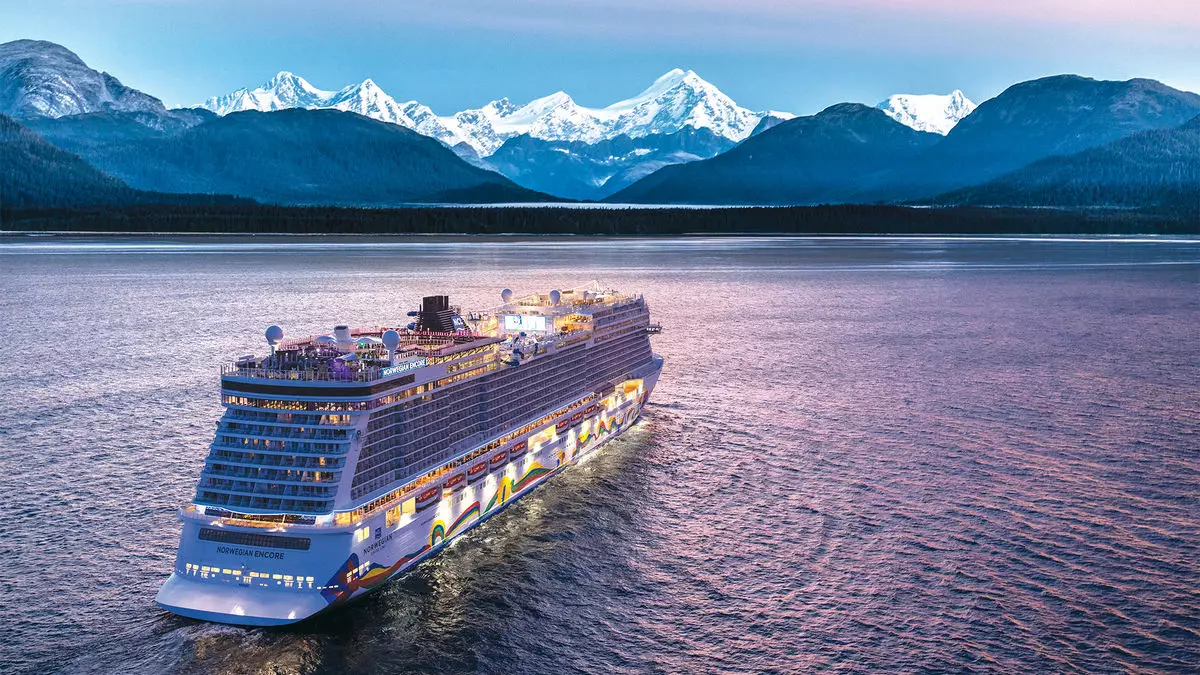In a bold move, Norwegian Cruise Line Holdings (NCLH) made headlines with the announcement of an order for eight new cruise ships across its three brands. This marks the largest ship order in the company’s history, signaling a significant investment in the future of the cruise industry. The decision behind this substantial order was attributed to various factors, including a strong demand for cruises, exceptional onboard experiences, high repeat rates among guests, and overall optimism for the company’s future.
CEO Harry Sommer shared during the State of the Industry panel at the Seatrade Cruise Global conference that the demand for cruises is at an all-time high. The company aims to meet this demand by introducing eight new vessels, each representing a new ship class and boasting a passenger capacity of approximately 5,000. Sommer emphasized that while these ships will be larger than previous models, they will not be considered “jumbo size.” Instead, NCLH plans to leverage these slightly larger ships to enhance operational efficiency and overall guest experience.
NCLH is not the only cruise line ramping up ship orders in response to the resurgence of demand in the industry. Carnival Corp. recently announced orders for its fourth and fifth Excel-class ships, scheduled for delivery in 2027 and 2028, respectively. Similarly, Royal Caribbean Group has committed to adding a seventh Oasis-class vessel to its fleet by 2028. The influx of new ship orders reflects a collective belief in the continued popularity and growth potential of the cruise industry.
During the Seatrade conference, executives from various cruise lines expressed excitement and optimism about the surge in ship orders. Gus Antorcha, president of Holland America Line, emphasized that these orders signify a vote of confidence in the industry’s future and serve as a testament to the enduring appeal of cruising. The competitive landscape has also played a role in prompting cruise lines to secure shipyard slots and expand their fleets to stay ahead of the curve.
The wave of new ship orders extends beyond the major cruise companies, with smaller players also making strategic moves to enhance their fleets. Scenic Group announced plans to build another luxury vessel for Emerald Cruises, while Windstar Cruises is set to acquire two motor yachts to bolster its offerings. These expansion initiatives underscore the industry-wide commitment to innovation and growth in response to evolving consumer preferences and market dynamics.
The cruise industry’s recovery from the pandemic-induced slowdown has sparked a renewed sense of optimism and investment in future growth opportunities. The recent spate of ship orders signifies a collective effort to meet rising demand, enhance guest experiences, and position cruise lines for long-term success. As the industry continues to evolve and adapt to changing circumstances, the strategic expansion of fleets and introduction of new ships will play a pivotal role in shaping the future of cruising for years to come.

